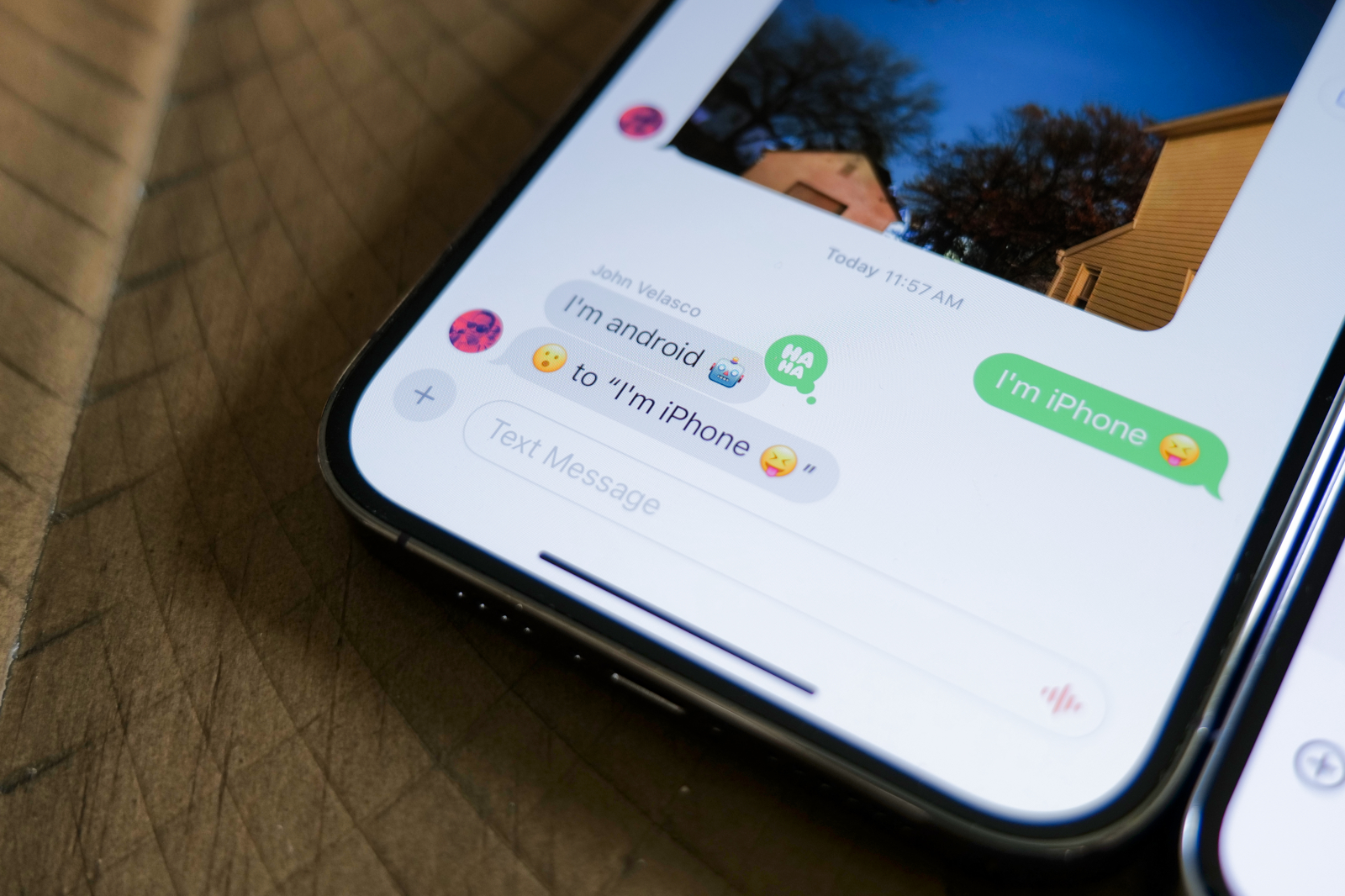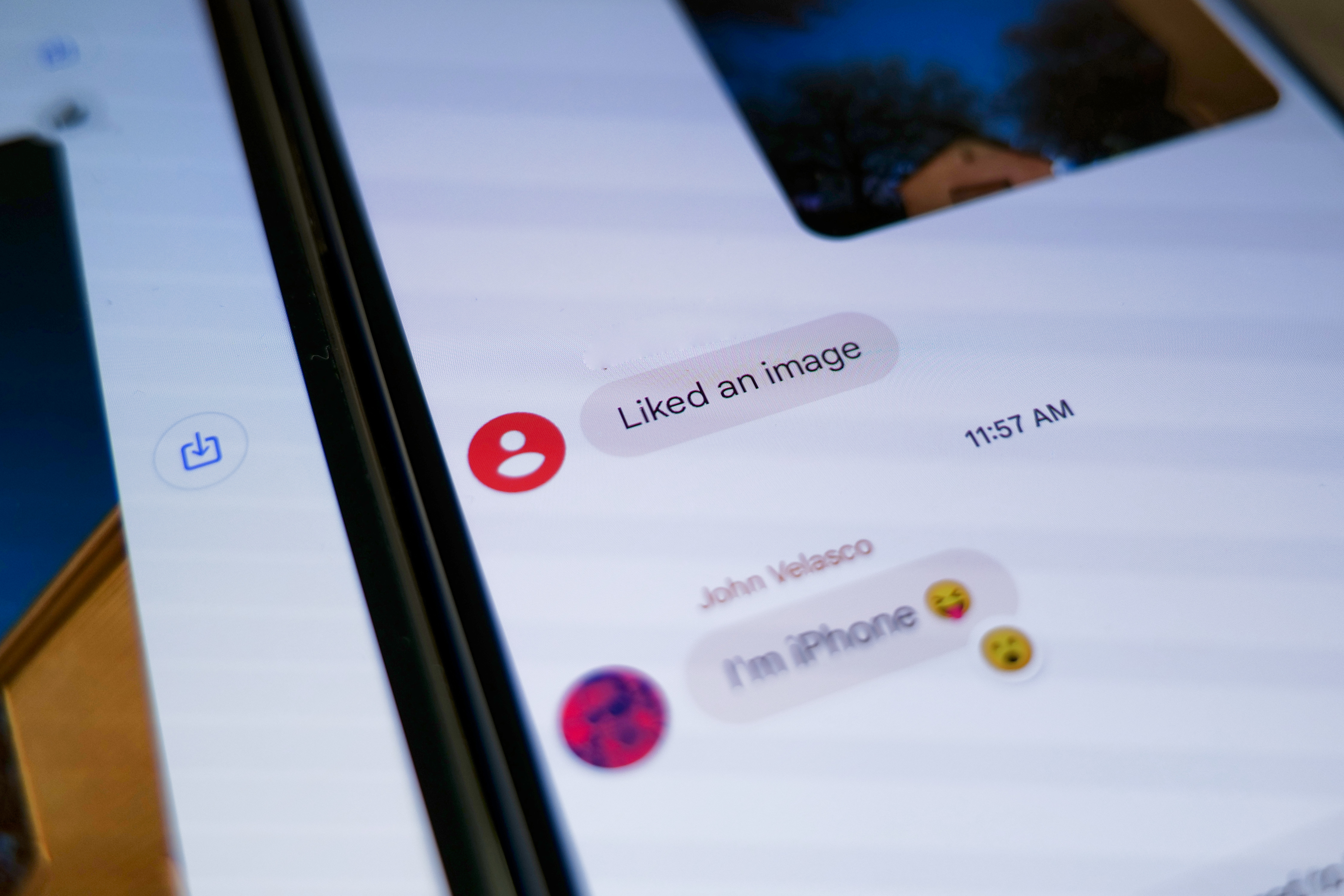Apple just made it easier to switch from iPhone to Android — why RCS is a big deal
It's just one hurdle addressed when making the switch

Switching phones is such a big deal. Apart from all the apps you use, it’s also hard to let go of some features you’ve been accustomed to using for years — and if you’ve been using an iPhone — it’s almost impossible to let go of iMessage. iPhone owners are all too familiar with those green text messages from friends with Android phones, but with Apple’s decision to support RCS (rich communication service) recently, it could make it a lot easier to switch phones.
This is probably why I (and a lot of my friends that use Android) often choose to use another messaging app besides the native one on the Android phones I use. I can’t even tell you the last time I’ve used the native one, seeing that I frequently rely on other messaging apps like WhatsApp, Telegram, Google Voice and Facebook Messenger.
The proverbial wall that separates iMessage users from everyone else continues to crumble ever so slowly, and I for one love how supporting RCS will make it easy for iPhone users to switch to Android. Here’s why.
Less inclined to use third-party messaging apps

The great thing about iMessage is that it’s more than just the usual SMS and MMS functions. I’ve come to appreciate how I can see if my sent messages were read by the recipient, sharing my location in threaded messages, sending high-res images, and much more. However, I can’t do any of that whenever I’m in a text message conversation with someone using Android.
That’s why I’ve often resorted to downloading WhatsApp to gain some of those features, which adds one extra annoyance I have about third-party apps in general — another new service and login credential I’d have to manage. I know this shouldn’t be an issue now that I’ve set it up, but for those iPhone users who want to switch to Android, it’s just one extra step to go through before they can enjoy some of the comforts they’ve been used to with iMessage, and exactly the reason why people often use third-party messaging apps on Android.
Threaded group messages will be better

For those looking at perhaps switching from iPhone to Android, it’ll be one less burden for them to deal with group messaging.
Since I have two daily drivers, an iPhone and Android, I know the frustrations of threaded group messaging between the two camps. It simply doesn’t flow as well when it’s just exclusively iPhone users in the group message. That’s because I’ve encountered on numerous occasions how I’m unable to send messages with animations or even a voice memo in group conversations with anyone using an Android phone — it simply won’t let me do it.
No matter what, group messaging with anyone using an Android phone resorts to SMS. That’s why RCS is such a big deal because it’ll once and for all eliminate this annoyance. And for those looking at perhaps switching to Android, it’ll be one less burden for them to deal with group messaging. Everyone will be able to send whatever content they want, without oddities happening like when someone “likes” a photo — which in Android currently appears as a separate “liked an image” reply in the thread.
Get instant access to breaking news, the hottest reviews, great deals and helpful tips.
Outlook: why RCS is a big deal

This is a long time coming and, frankly, it’s just one solution to the larger problem of people switching from iPhone to Android — and vice versa. There are still many other factors that need to be taken into account, but at least Apple’s commitment of supporting RCS makes for a more harmonious experience with the interoperability between the two messaging services. Communicating with people should be easy, without the concern of whether a feature would work or not when messaging someone on Android. It should just work, right?
More from Tom's Guide

John’s a senior editor covering phones for Tom’s Guide. He’s no stranger in this area having covered mobile phones and gadgets since 2008 when he started his career. On top of his editor duties, he’s a seasoned videographer being in front and behind the camera producing YouTube videos. Previously, he held editor roles with PhoneArena, Android Authority, Digital Trends, and SPY. Outside of tech, he enjoys producing mini documentaries and fun social clips for small businesses, enjoying the beach life at the Jersey Shore, and recently becoming a first time homeowner.
